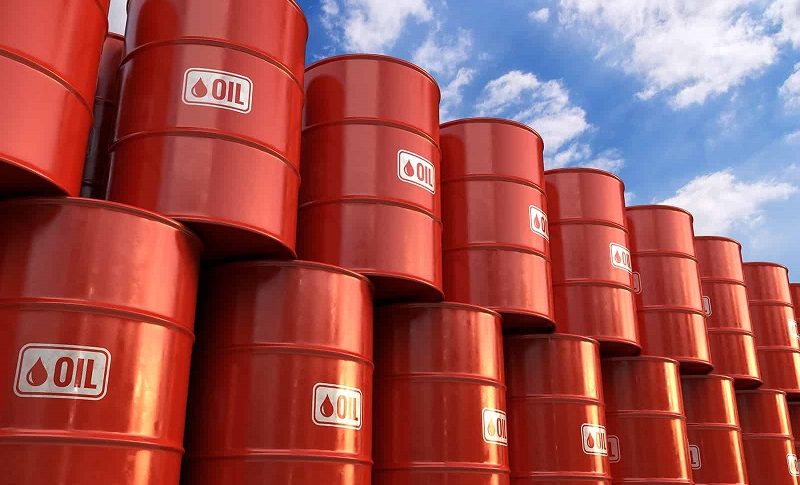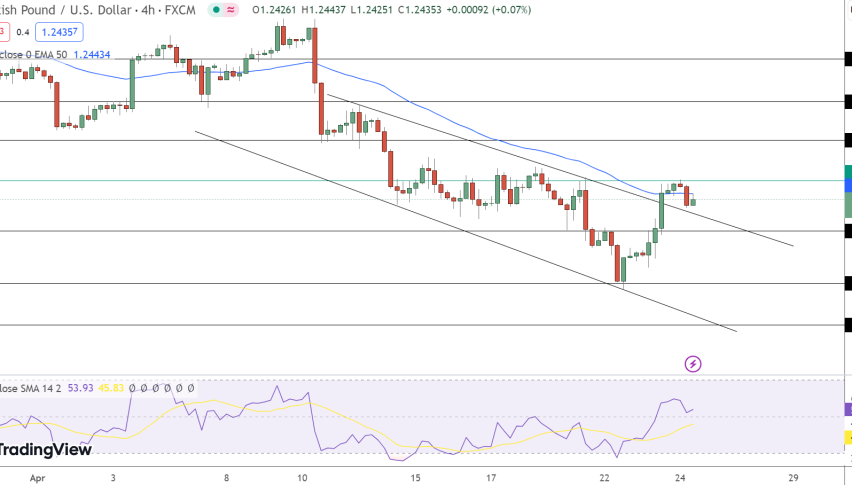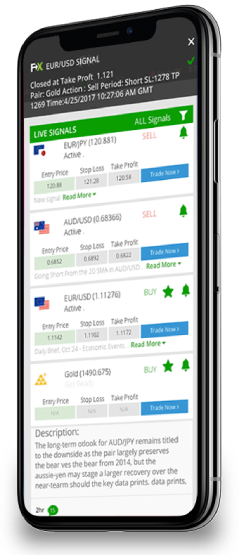During Monday’s Asian trading session, the
WTI Crude Oil prices failed to put a stop to last week’s bearish bias, remaining depressed around the $ 48.00 level. It is worth recalling that the crude oil prices posted their first weekly loss since October, as the B.1.1.7 strain of COVID-19, alongside the discovery of a second mutant strain of the virus, sparked fears that more countries could impose lockdowns, which in turn put selling pressure on the crude oil prices.
Crude oil will end this year on a sour tone, as the short-term demand risk of more lockdowns and travel restrictions overshadow optimism over the stimulus news and COVID-19 vaccines. Moreover, the latest production hike possibilities by major producers in 2021 could also add bearish pressure to the crude oil prices. In contrast to this, the upbeat market sentiment helped to limit deeper losses in the higher-yielding crude oil prices. The upbeat market mood was supported by the news suggesting that US President Donald Trump has signed off on the latest stimulus measures. Meanwhile, the broad-based US dollar failed to gain any positive traction, edging lower on the day, which also supported the crude oil prices, limiting deeper losses, as the price of oil is inversely related to the price of the US dollar. At the moment, crude oil is trading at $ 48.17, and consolidating in the range between 47.51 and 48.28.
The B.1.1.7 strain of the coronavirus has led to renewed lockdown measures worldwide, which continuously threaten a recovery in the crude oil demand. The resurgence of the coronavirus (COVID-19) in the UK, Europe and the US is continually picking up pace, resulting in tighter restrictions being imposed throughout most of the UK, in an effort to control the spread of both strains, while the Dragon Nation has added their name to the list of countries that has suspended passenger flights to the UK. Bedsides this, the US is also bracing for a post-Christmas surge of COVID-19 cases. As per the latest report, the number of global COVID-19 cases surpassed 80.7 million as of Dec. 28.
The reason for the bearish crude oil prices could also be associated with the latest hopes of a production hike by major producers in 2021. As per the latest report, Russian Deputy Prime Minister Alexander Novak announced that Russia is considering increasing oil production by a group of major producers, known as OPEC+, by another 500,000 barrels per day (BPD), starting from February, at next month’s summit of the leading global oil producers. The cartel announced a record output cut of 9.7 million barrels per day in April after the coronavirus-induced lockdowns sent prices crashing. However, these mixed headlines also played a major role in undermining the crude oil prices.Despite all these concerns, the market trading sentiment managed to extend its positive overnight performance and remained supported by the optimism over the latest stimulus measures and potential vaccines/treatment for the highly infectious coronavirus. It is worth mentioning that US President Trump signed the $ 2.3 trillion pandemic aid and spending package earlier in the day, which boosted investor sentiment and lent some support to the higher-yielding crude oil prices, thereby limiting any further losses. As we know, Trump previously warned that he would not sign the bill until the amount of the stimulus checks was raised to $ 2000 from the current $ 600. Congress will vote on this increased amount later in the day. However, the positive developments over the COVID-19 package keep favoring the market risk-on mood, helping to limit any deeper losses in the crude oil prices.
Meanwhile, the losses in the crude oil prices could also be associated with the latest downbeat Chinese data, which show that China’s imports of Australian copper concentrate dropped by 34% to 26,717 tonnes in November, which is the lowest level since January 2017, as per the data released by the General Administration of Customs. The imports fell when the Chinese government told companies not to purchase copper ore and concentrate from Australia, due to the constant souring of relations between the two countries.
Apart from this, US President Trump has also raised geopolitical tensions in the Middle East, blaming Iran for Sunday’s rocket attack near the US embassy in Baghdad. However, the Iranian Foreign Ministry has rejected the accusation. In the absence of any key data/events on the day, market traders will keep their eyes on the risk catalysts, such as geopolitics and the virus woes, not to forget Brexit. Good luck!












